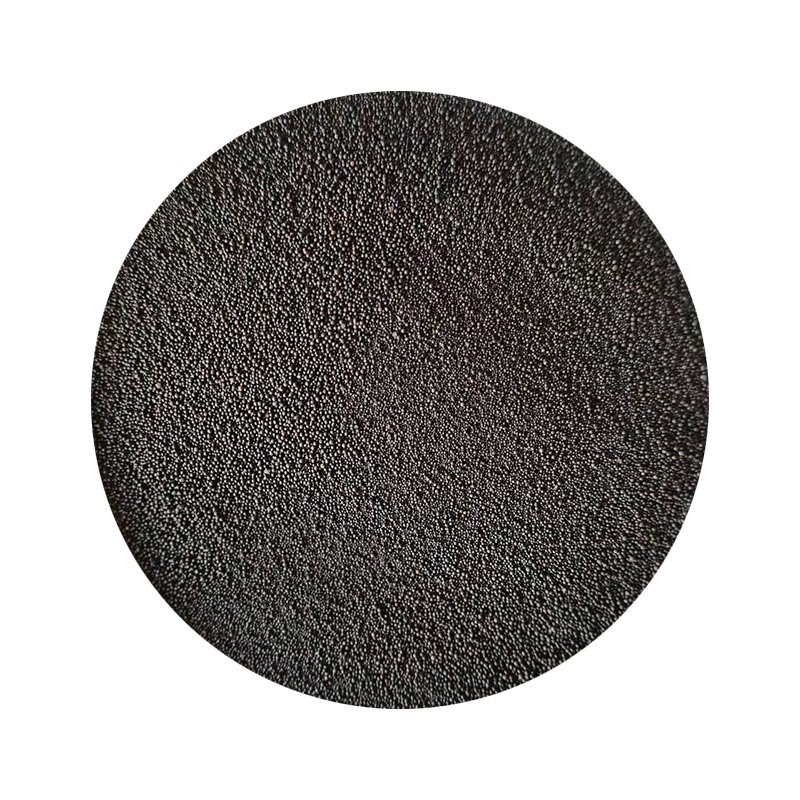Coated Sand Casting An Overview of Process and Applications
Coated sand casting is a versatile and efficient method used in metal casting, particularly in the production of complex shapes and components. It combines the traditional sand casting technique with a special coating that enhances the properties of the sand and the quality of the final product. This article will delve into the process of coated sand casting, its advantages, applications, and future trends in the industry.
What is Coated Sand Casting?
At its core, sand casting involves the creation of a mold in sand, where molten metal is poured to form a specific shape. Coated sand casting takes this process a step further by using sand grains that are coated with a resin or a similar binding agent. This coating enhances the mechanical properties of the sand and improves the surface finish of the casted parts.
The coating process usually involves mixing the sand with a resin and a hardener, which are then cured to form a solid shell around each sand grain. This creates a stronger mold that can withstand the high temperatures of molten metal and reduces the likelihood of defects such as sand erosion and mold collapse.
Advantages of Coated Sand Casting
The coated sand casting process offers several advantages compared to traditional sand casting methods
1. Improved Surface Finish The coating provides a smoother surface finish to the castings, reducing the need for extensive machining or additional finishing processes. This is particularly beneficial in industries where surface integrity is critical.
2. Higher Dimensional Accuracy Coated sand molds can maintain tighter tolerances and more complex geometries. This precision is essential in applications where components must fit together perfectly.
3. Reduced Gas Evolution The resin coating reduces the amount of gas generated during the casting process, which minimizes the risk of blowholes and other defects in the final product.
4. Increased Strength The coated sand molds have enhanced strength, making them better suited for heavy-duty applications and enabling the casting of larger and more complicated shapes.
5. Versatility Coated sand casting can be used with various metals, including iron, steel, and non-ferrous alloys. This versatility makes it a preferred choice across multiple industries, including automotive, aerospace, and marine.
Applications of Coated Sand Casting
coated sand casting

Coated sand casting is utilized in various applications due to its inherent advantages
- Automotive Parts Producing engine blocks, cylinder heads, and transmission cases that require high strength and good surface finishes. - Aerospace Components Manufacturing critical parts like turbine housings and other components that demand precision and durability.
- Marine Applications Creating parts that can withstand harsh environments, including water pumps and ship propellers.
- Industrial Machinery Casting components for heavy machinery where wear resistance and structural integrity are paramount.
Future Trends in Coated Sand Casting
As the demand for precision-engineered components continues to rise, the coated sand casting process is likely to evolve further. Key trends to watch include
1. Material Advancements Development of new coating materials that enhance the thermal and mechanical properties of sand molds, resulting in even better performance.
2. Sustainability A growing emphasis on environmentally friendly materials and processes means that manufacturers are exploring sustainable alternatives to traditional resins.
3. Automation and Technology The integration of advanced technologies such as 3D printing and artificial intelligence in the sand casting process will likely increase efficiency and reduce lead times.
4. Customization The ability to produce specialized molds tailored to specific requirements will become more prevalent, catering to niche markets and customer needs.
Conclusion
Coated sand casting represents a significant advancement in the casting industry, providing numerous benefits in terms of quality, strength, and versatility. As technology progresses and the demand for high-performance components grows, this method will continue to play a crucial role in manufacturing across various sectors. By embracing innovations in materials and processes, coated sand casting can meet the challenges of modern engineering and contribute to the production of the next generation of complex and high-quality components.
Post time:ئیلول . 25, 2024 17:54
Next:sand casting manufacturers
